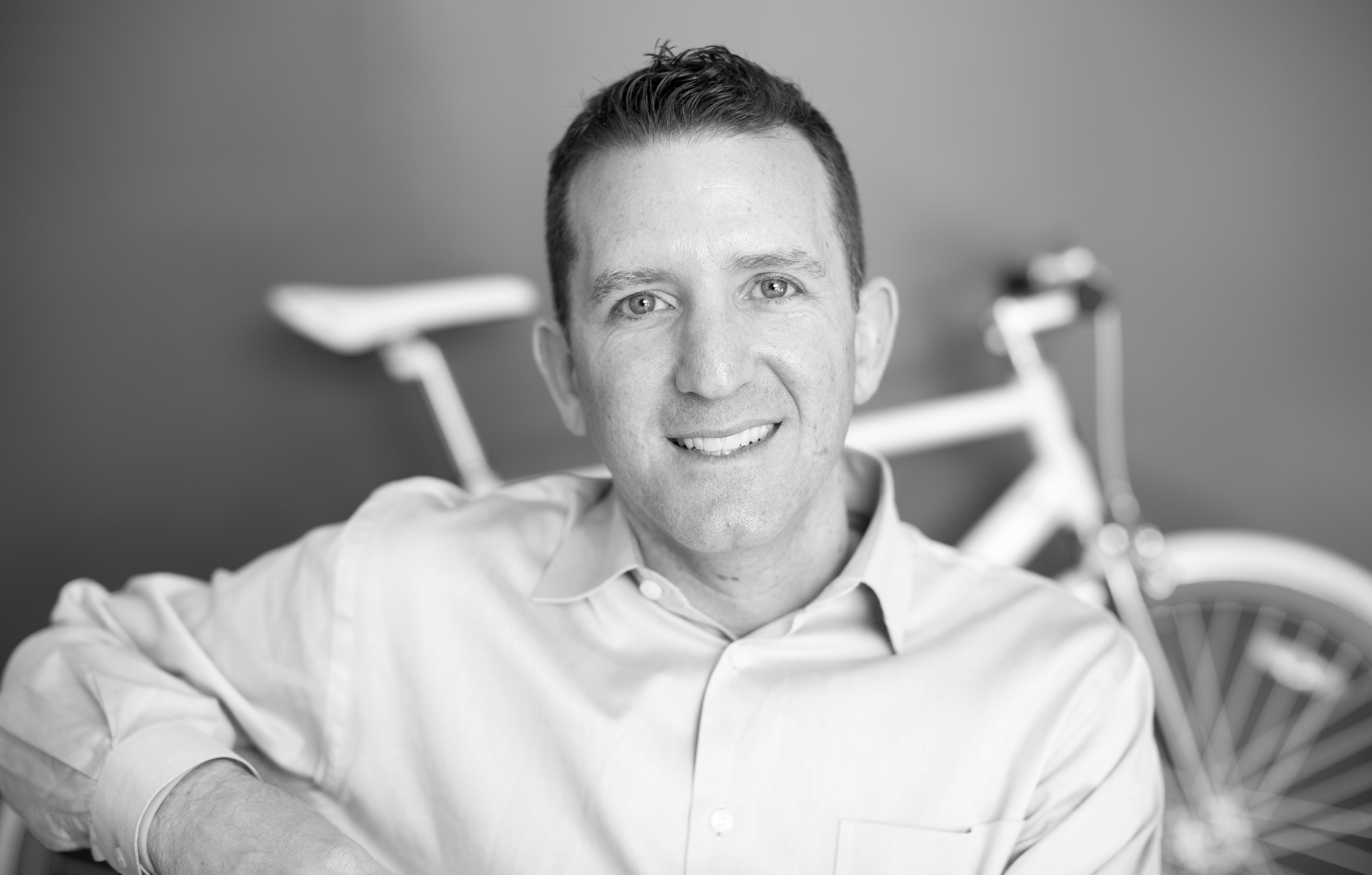
A Conversation with Pelotonia's CEO, Doug Ulman
Doug Ulman was recently featured at COE's Summit 2022 event. His session called "Leading Through Change: How to Pivot Personally & Professionally When the Unexpected Happens" was so popular that we asked him to address some of the unanswered questions. Here's a continuation of that session's discussion.
With so many worthy causes to support, how do you vie for support and engagement from the community?
There are so many worthy and critical causes whose missions are transformational and whose work benefits so many. This can make it hard to differentiate – however, we do not believe that community engagement and philanthropy is a zero-sum game. Our experience is that donors and supporters want to be a part of something bigger than themselves and that they want to be truly inspired in their involvement.
We attempt to truly engage individuals and organizations in our mission in a way that allows them to truly feel the impact that they are having. Whether a community member chooses to ride, to volunteer, fundraising toward their own unique goal, or simply spectate during the event itself, there is a place for them here at Pelotonia. We also try to connect the impact of their efforts back to the participant in unique ways. For example, to be eligible to receive research funding from Pelotonia, researchers and fellows must participate in Ride Weekend. This creates an amazing dynamic whereby the community is riding side-by-side with the phenomenal scientists who are doing the groundbreaking research. The education, connectivity, and community building that this creates is authentic and genuine. I love to hear the stories of participants who begin talking with the rider next to them, only to learn that they have helped to fund that individual’s research focus!
How do you foster community and connection when everything is virtual. While my team works in person, all meetings remain virtual so our contact is limited. And in the hybrid world there is an imbalance of connection too.
Fostering community and connection in a virtual world has been very hard for all of us. It can be so challenging to recreate the energy and human connection that comes so naturally in a shared environment. At Pelotonia, we have moved to a hybrid approach and are doing the best we can with that construct. Our team is small, so it is easy to manage internally, but engaging the community at large in a virtual way was a challenge during the last two years.
I think one key is to use virtual meetings to develop relationships and try hard to avoid only discussing work items during those gatherings. At Pelotonia, we are also big fans of sending handwritten notes, “surprise and delight” stewardship gifts, and simply calling our community on the phone to check in and hear how they’re doing. As much as possible, we must recreate those normal opportunities for human connections.
How do you balance standing in vulnerability with your team while maintaining boundaries and privacy for your personal life?
Vulnerability is a critical characteristic of leadership that allows you to build trust and have deeper relationships with your teams. Balancing personal boundaries is a challenging issue that I have experienced first-hand over the years, having served in public and community facing roles. As a three-time cancer survivor, I have found that sharing my personal story and being vulnerable about my experiences draws me closer to our mission and is a constant reminder of what we’re working toward. I maintain that vulnerability is something to value and explore in any level of leadership.
Do you have any thoughts on how to build and foster a community within large teams, especially when each individual has their own unique tasks/responsibilities?
It is critical to have common goals that can be communicated widely among a team, and to check in regularly on progress toward these goals – whether through weekly meetings, morning “stand up” meetings, or consistent communication from the executive level. I have also found that sharing stories of impact regularly are extremely helpful to build community. We have a special Slack channel at Pelotonia that is dedicated to incredible stories in our community. As team members go out to events or connect with new participants during kickoffs and training rides, we love to share those stories internally as a way to connect and introduce every team member to our community.
How do you balance setting unachievable goals with the pressure to deliver on the goals that you set, to those at a higher level. The higher goal pushed you to raise more money, however how do you not get perceived to be unable to deliver?
Setting unachievable goals can sometimes come across as naïve or unrealistic.. and that is a challenge that you must manage. Ambitious and audacious goals should be motivating rather than deflating, so they must be set and communicated in a way that is additive rather than a distraction. Additionally, it is imperative that progress towards those goals is transparent and communicated regularly so that everyone feels like they are not only contributing towards the goals but also understands where the entire team or organization is in relation to achieving them.




